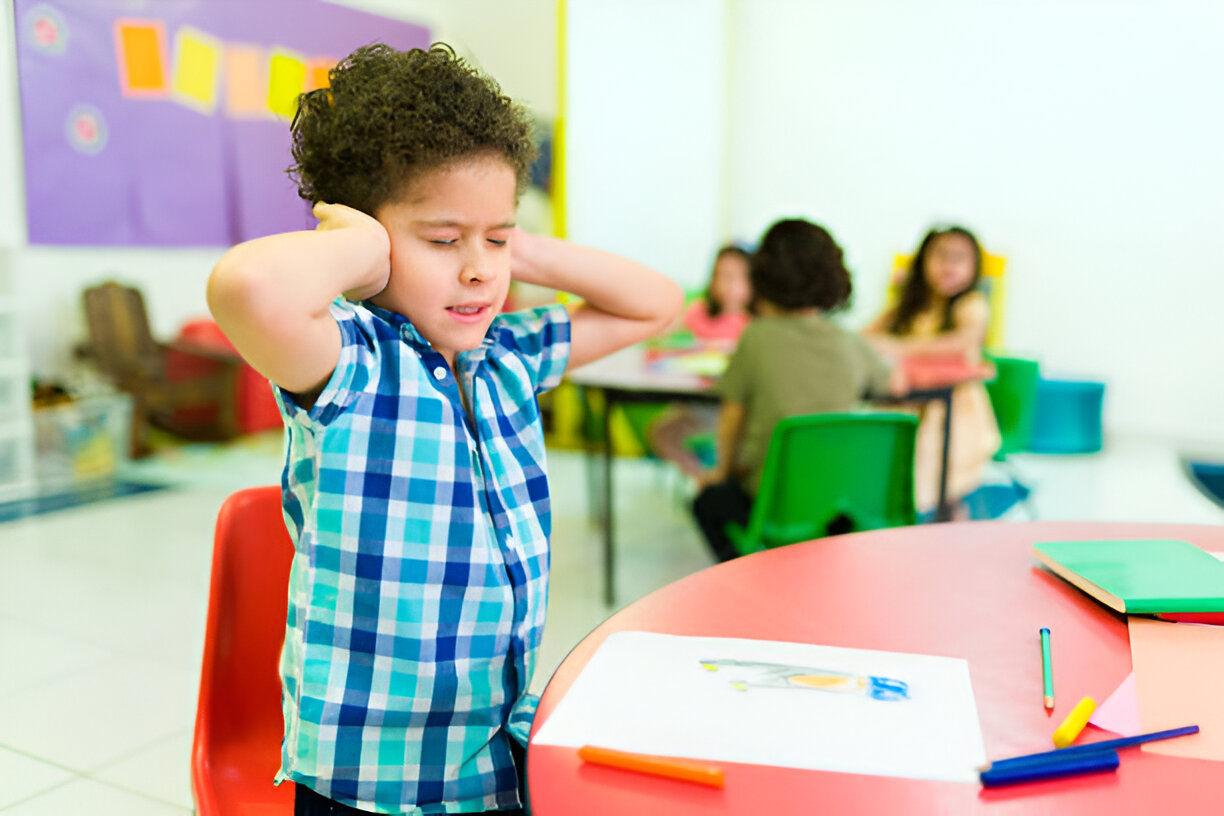In light of particular learning requirements and difficulties, kids who have autism spectrum disorder (ASD) need specialized teaching methods in order to thrive. Because autism impacts behavior, relationships, and interpersonal interaction, some kids find it challenging to learn in ordinary educational environments. Autistic children are able to flourish academically and acquire critical everyday abilities with the correct support.
For learners who have autism, using educational toys in teaching methods can greatly improve participation, interactions, and mental development. These resources offer experiential learning opportunities that accommodate different educational needs and sensory requirements.
In this blog, we are going to provide educators with useful, research-based ideas for educating and aiding kids with autism.
Educating Kids with Autism: Practical Advice
In addition, based on research on teaching practices for educating learners who have autism, planning and encouraging the scheduling of lessons are necessary for the successful integration of autistic students into normal school classes.
Because it accommodates various approaches to learning and guarantees that every student can successfully interact with the content, instruction must be tailored. Here are some strategies for educating autism to think about:
Customized Educational Plans:
A customized plan created to address a kid with autism’s unique educational requirements is called an Individualized Educational Program (IEP). To develop IEPs that include learning objectives, adaptations, and assistance services, educational institutions collaborate with parents, specialized educational professionals, medical professionals, and psychiatrists.
Pictorial Timetables Aid with Everyday Tasks:
In order to help kids comprehend everyday activities and deadlines, visual plans and resources are essential. These tools, which include charts, infographics, educational toys, and visual cards, offer each moment a structure that is easily understood. Visual aids can lessen stressful situations, encourage becoming independent, and assist autistic kids in understanding and remembering knowledge with greater effectiveness.
Sensory-Friendly Classrooms:
Children with autism frequently suffer from sensory sensitivity, which means that crowded areas, flashing lights, and loud noises may distract them. They may concentrate and acquire knowledge much better in an educational environment that is sensory-friendly. The physical and sensory requirements of students are additionally met by introducing flexible seating arrangements and activity breaks.
Make Use of Clear, Concise Vocabulary
All preschoolers will benefit from straightforward guidelines that are easy to comprehend and follow. When working with kids who have autism, verbal abstraction can be a common challenge. Understanding and finishing assignments are also facilitated by using clear, succinct directions and segmenting work through smaller, easier-to-manage chunks. Try addressing the students’ hobbies in your classes as well; this could improve their drive and dedication and make studying exciting and pleasurable.
Use constructive reinforcement:
Students are motivated, and their preferred conduct is reinforced via incentive systems like monetary rewards and encouragement. These techniques are modified to meet the specific developmental requirements of children ages two and five. To promote positive actions and knowledge retention, the program uses coaching, detailed commentary, and praise. Additionally, it helps educators create personalized goals for every child based on their developmental stage. In order to effectively inspire and involve young learners in their educational experience, rewards and incentive programs are employed. Still, they have been thoughtfully chosen, so they are academically suitable for this younger group.
Encourage productive interactions among peers and assertiveness:
An educational environment that is welcoming and nurturing is created by promoting good peer connections and teamwork through peer mentoring and collaborative endeavors. Students gain critical relationships, compassion, and social skills when they work in teams. These exchanges foster the feeling of being accepted among other children, lessen emotions of loneliness, and increase trust.
Making educational toys in Pakistan to encourage collaborative tasks may further improve academic achievement and communication. Multimedia kits, board games, and solving challenges are examples of hands-on educational materials that help kids collaborate, solve issues, and share duties. Empowering learners to voice their opinions, seek assistance, and assist their peers in group projects not only improves interpersonal interactions but also aids in the development of self-advocacy abilities.
Final Thoughts:
When given the appropriate teaching methods, every autistic child maintains the capacity to thrive. Key elements in helping them grow include recognizing their particular needs, using educational toys integrating imagery, designing sensory-friendly spaces, and encouraging mental and social growth. Together with each other, societies, families, and academics can design welcoming educational settings that enable autistic students to realize their greatest potential. We can support every autistic child in their academic endeavors if we have the endurance, creative thinking, and empathy to do so.

